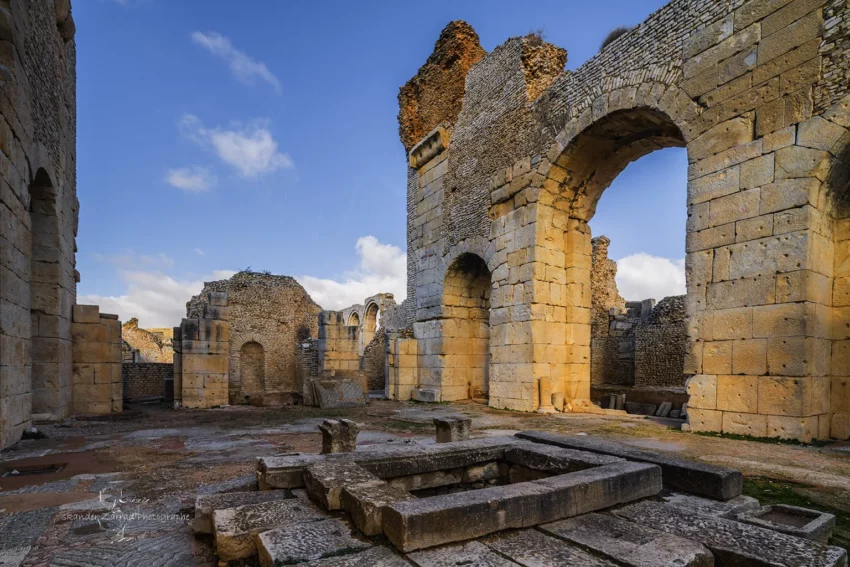The Ancient Town of Maktar: A Journey Through Time
Maktar, a town in Tunisia, boasts a rich tapestry of history. Founded by the Berber Numidians, it served as a defensive outpost against Carthaginian expansion. When the Romans destroyed Carthage in 146 BC, many Punic refugees settled in Maktar. This influx of people significantly shaped the town’s culture and infrastructure. Under Roman rule, Maktar gained the status of a free city in 46 BC and later became a Roman colony in AD 146. The town, which was part of the Byzacena province, also became a seat for a Christian bishop. This strategic location saw Maktar reverse its role, serving
Get your dose of History via Email
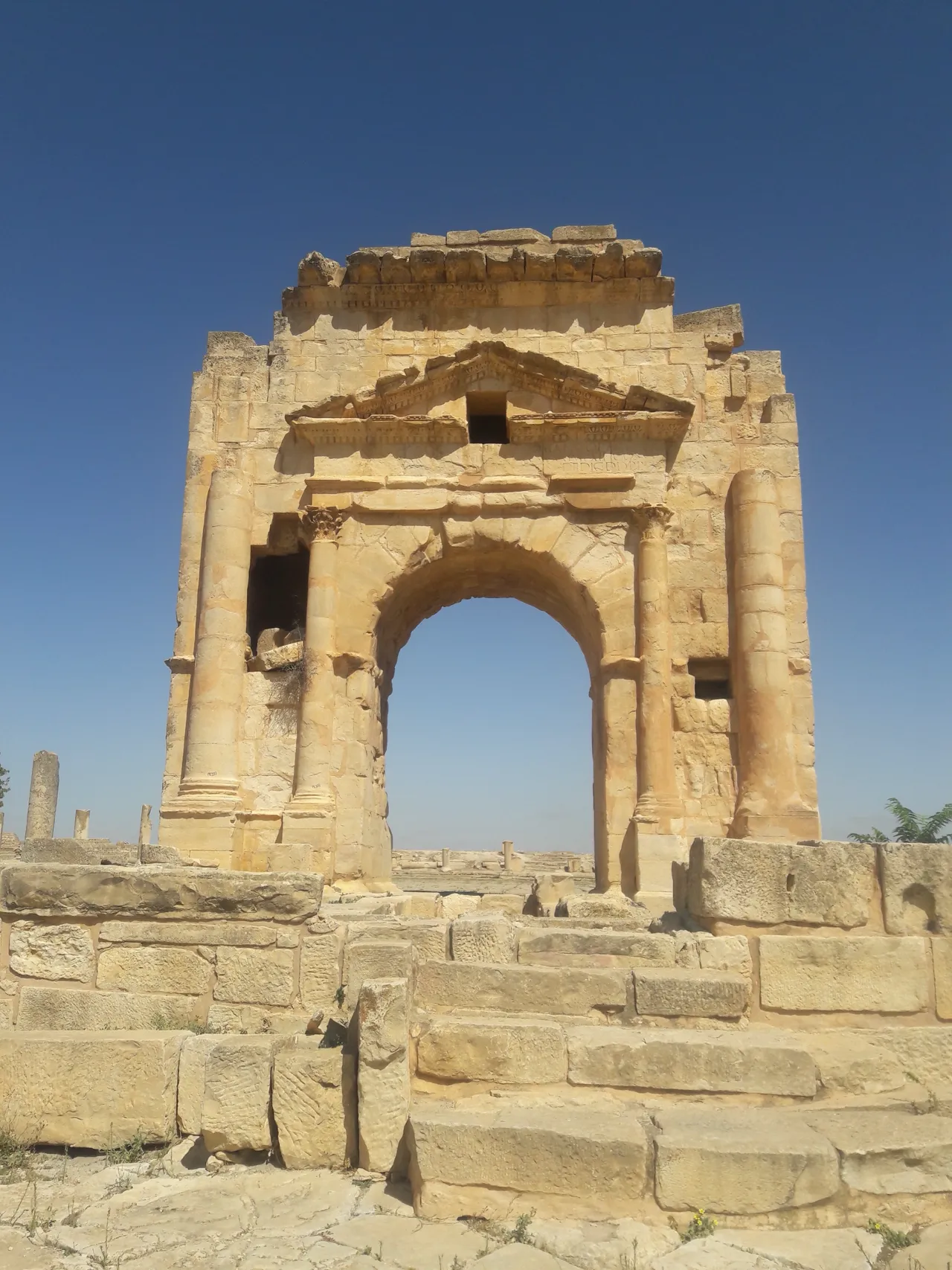
Name and Geographic Significance
During ancient times, Maktar went by various names. The Carthaginians recorded it as mktrm, mktrʿm, and mktʿrym. The Romans latinized the name to Mactaris, later elevating it to Colonia Aelia Aurelia Mactaris upon its elevation to colony status. Eventually, this name was arabized to Maktar.
Geographically, Maktar sits around 140 km southwest of Tunis and 60 km southeast of El Kef. Perched on a plateau at approximately 900 meters above sea level, it offers stunning scenic views. The town experiences a continental climate, with cold winters, warm summers, and occasional snowfall in January and February.
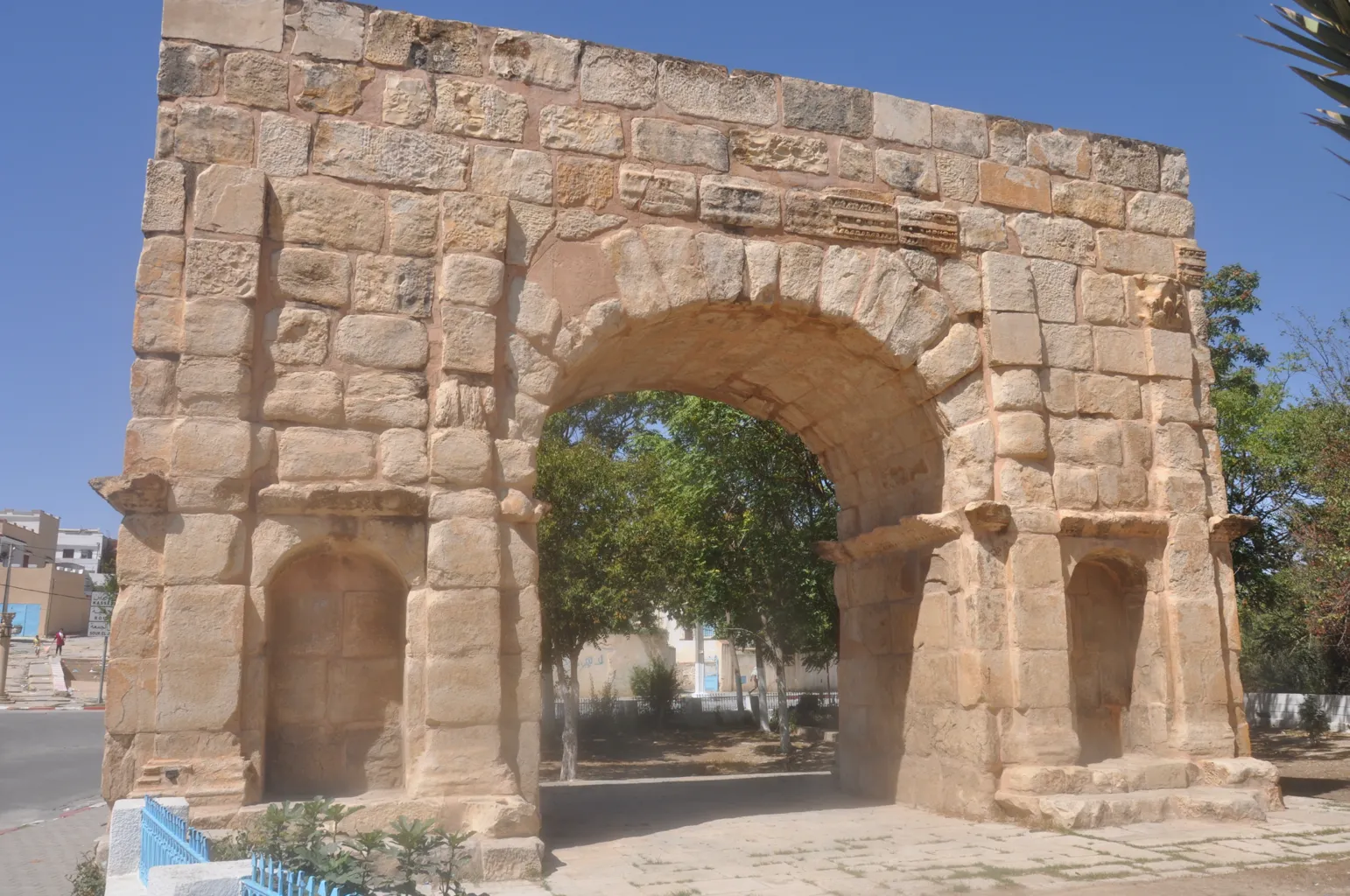
Flourishing Under Roman Rule
The Numidians built a fortress at Maktar in the 3rd century BC to control key trade routes. This location flourished, becoming a major center under Masinissa. After Carthage’s fall, many Punic refugees brought their culture and skills to Maktar, significantly influencing its development.
Under Roman occupation, Maktar retained much of its Punic government and administration. It grew into a prosperous city, acting as a transit point for grain, oil, livestock, and textiles. Roman rule, particularly under Trajan, saw the city fully romanized. Maktar received a Roman constitution, and its residents gained Roman citizenship.
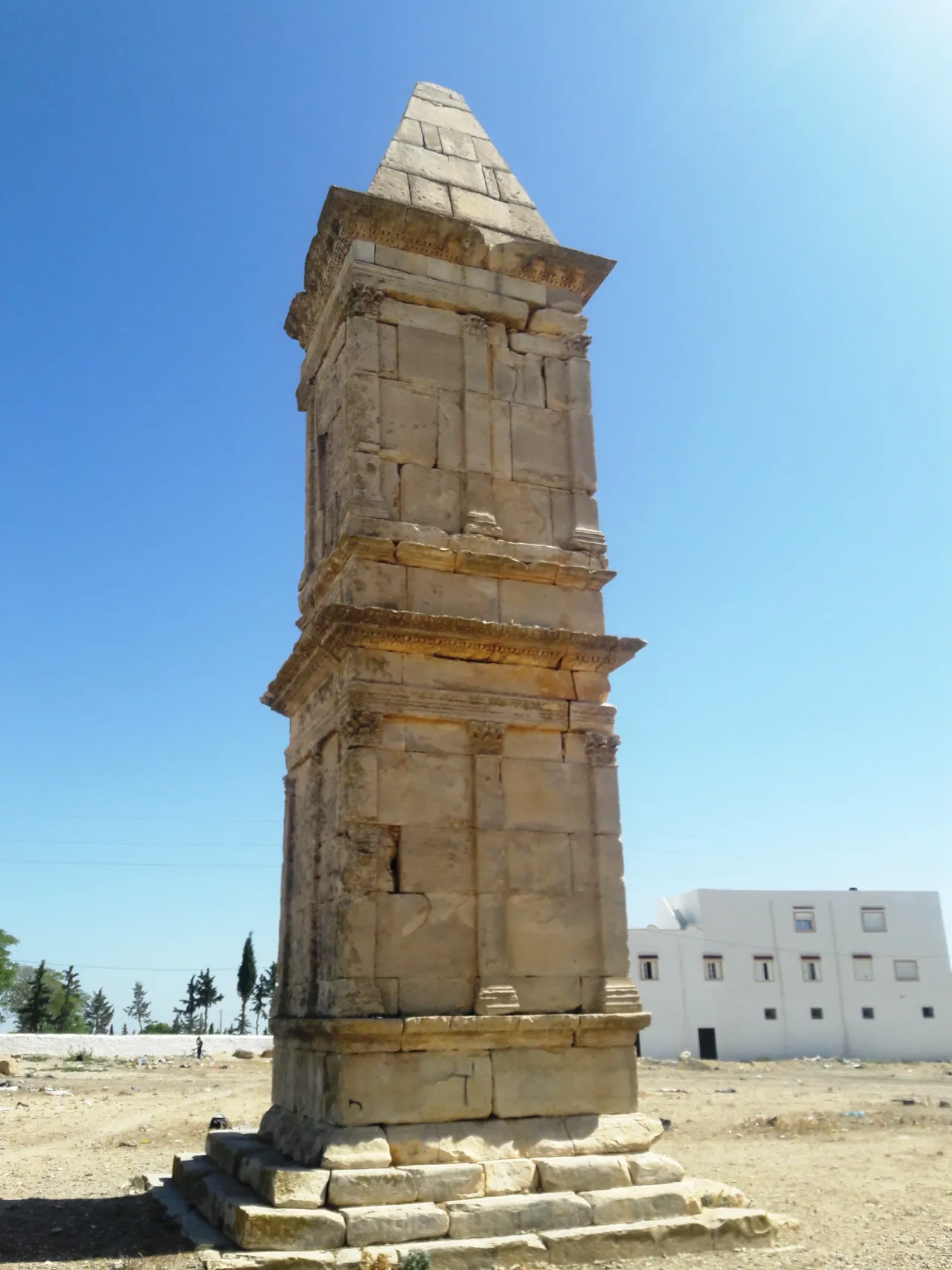
Decline and Resilience
The 3rd century’s troubles, which led to the Roman Empire’s decline, also affected Maktar. However, the city saw a brief revival under Diocletian. The establishment of the Mactaris diocese marked the city’s Christianization, evident from the numerous churches built during this time. Maktar survived Vandal invasions and became a key Byzantine fortress. However, the Beni Hilal tribe’s raid in 1050 led to its destruction and abandonment.
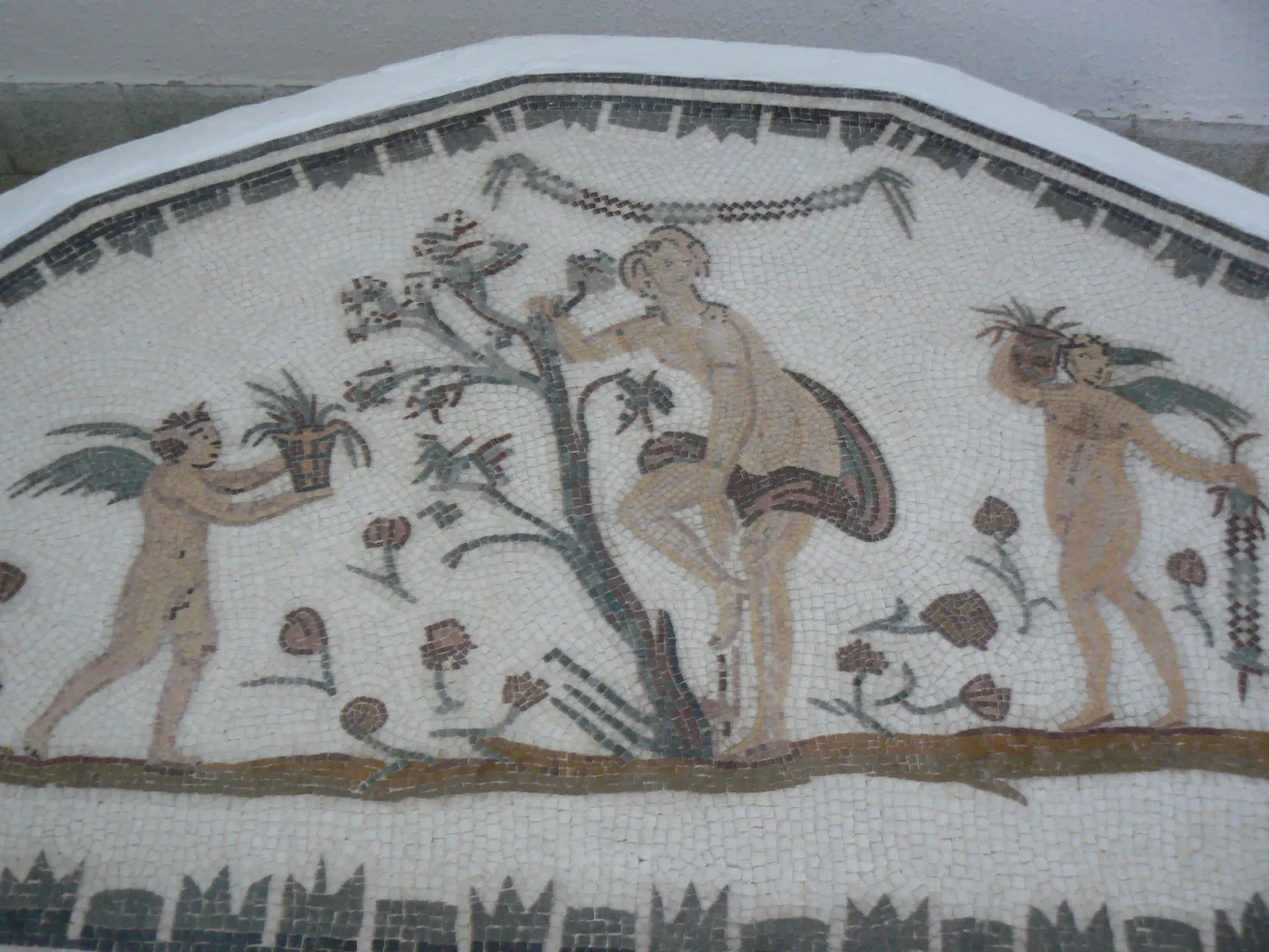
Rich Archaeological Heritage
French archaeological excavations at Maktar began in 1914 and continued on a larger scale from 1944. These digs uncovered many inscriptions and significant ruins, including thermal baths and the Schola of the Juvenes, marking Maktar as a remarkable ancient site in Tunisia.

Pre-Roman Structures
Maktar’s pre-Roman structures include megaliths used for burying ashen remains. Excavations by Mansour Ghaki revealed many ceramics from the early 3rd century BC. The site also has a Punic mausoleum pyramid, similar to Dougga’s mausoleum of Atban, and a Numidian-period public square thought to be the city’s religious center. The well-known temple of Hathor Miskar, although poorly preserved, revealed an altar dated to about 100 BC during extensive excavations.
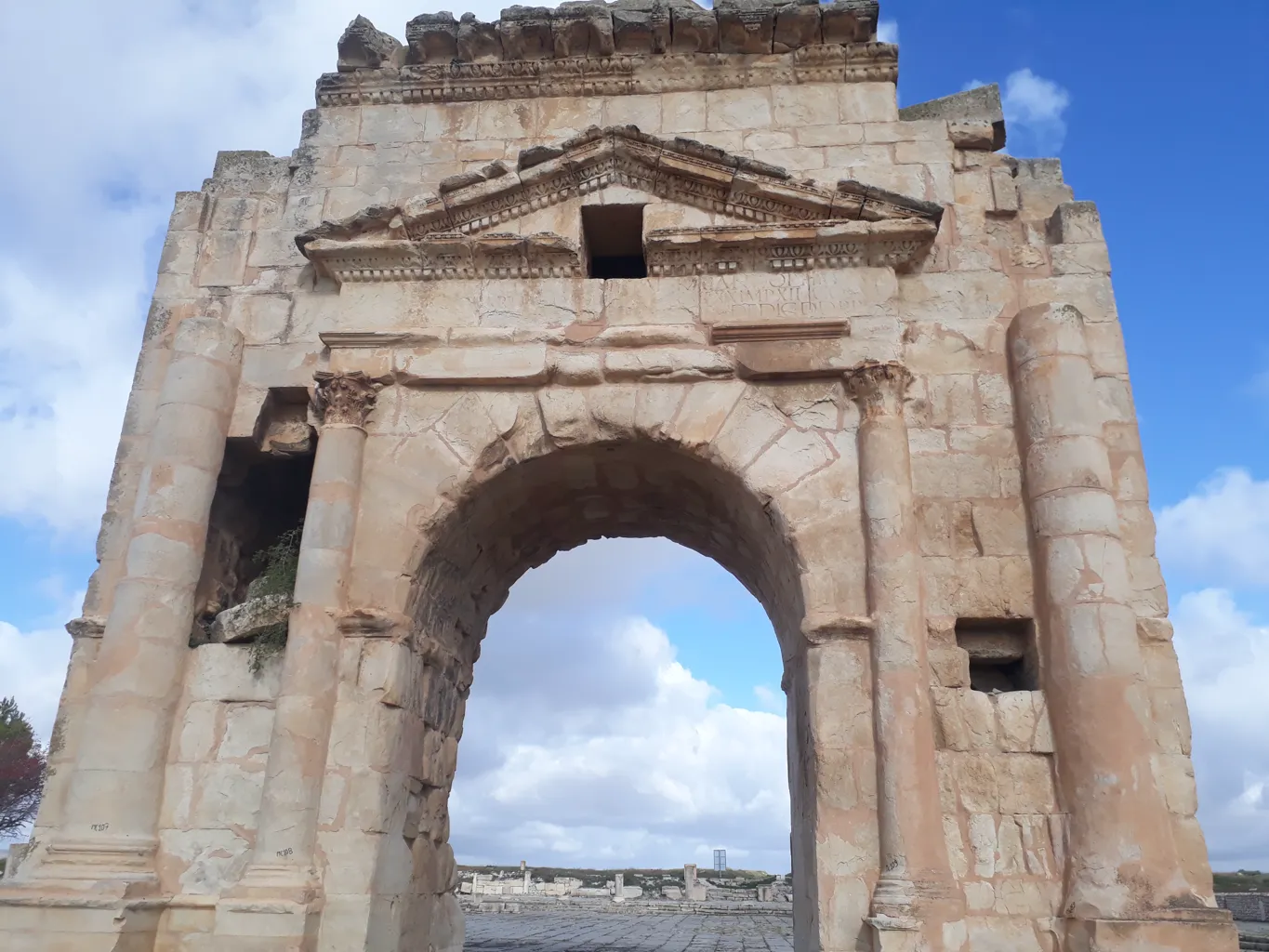
Trajan Forum
Constructed around 116 AD under Trajan, this rectangular paved forum served the Roman population, who had received Roman citizenship. The space was surrounded by a portico, and the majestic Arch of Trajan still dominates the south side.
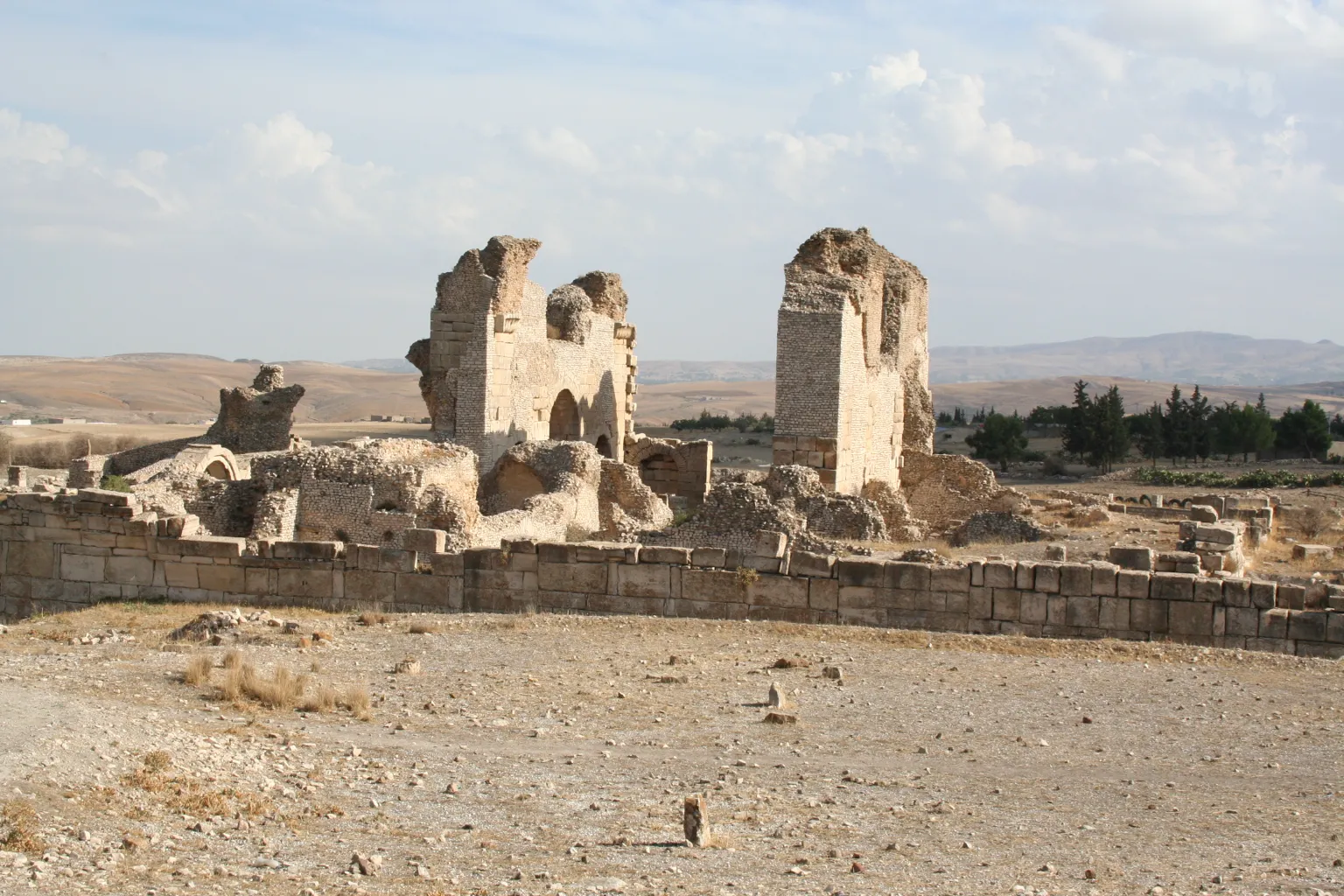
Large Baths
Maktar’s Great Baths are among North Africa’s best-preserved. Constructed around 200 AD, the frigidarium’s walls rise to 15 meters, and the building features oriental foliage on the capitals and a beautiful mosaic floor.
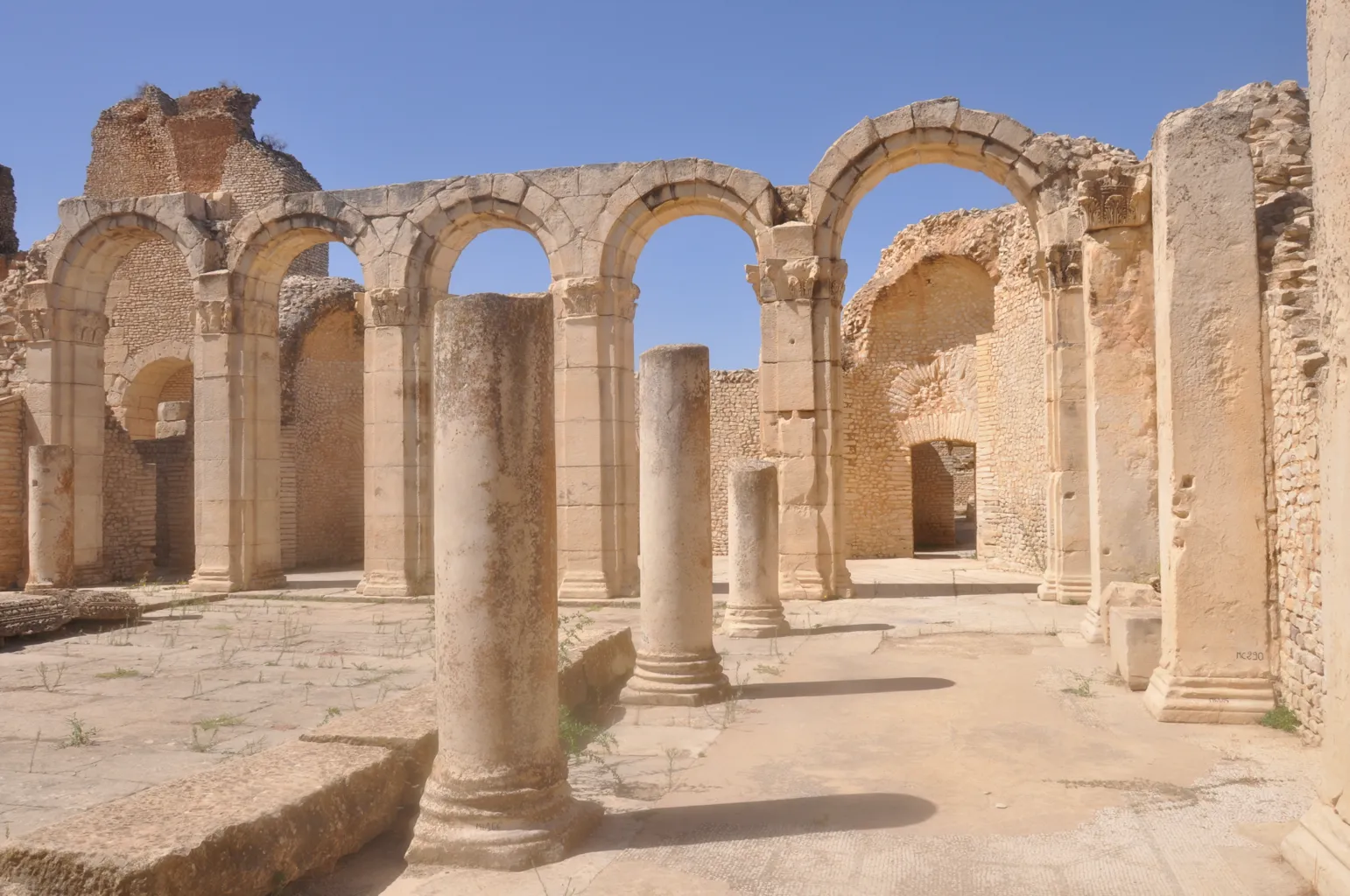
Schola Juvenum
Built around 200 AD, the Schola Juvenum served as a meeting place for the youth organization or Brotherhood. This group, a kind of militia, played roles in policing and tax collection. The organization, with about 70 members in Maktar, became influential as rich provincial citizens used it to resist central government authority. Emperor Gordian I even joined the organization in 238 AD. The original building, called the Basilica in the Christian era, was later used as a church, with a Punic sarcophagus from the adjacent necropolis serving as an altar.
Modern Maktar
Today, Maktar is a town with a population of 13,576 as of 2014. Despite its turbulent history, the town stands as a testament to its rich and diverse past, from its Numidian roots to its Roman and Byzantine influences.
Sources:

